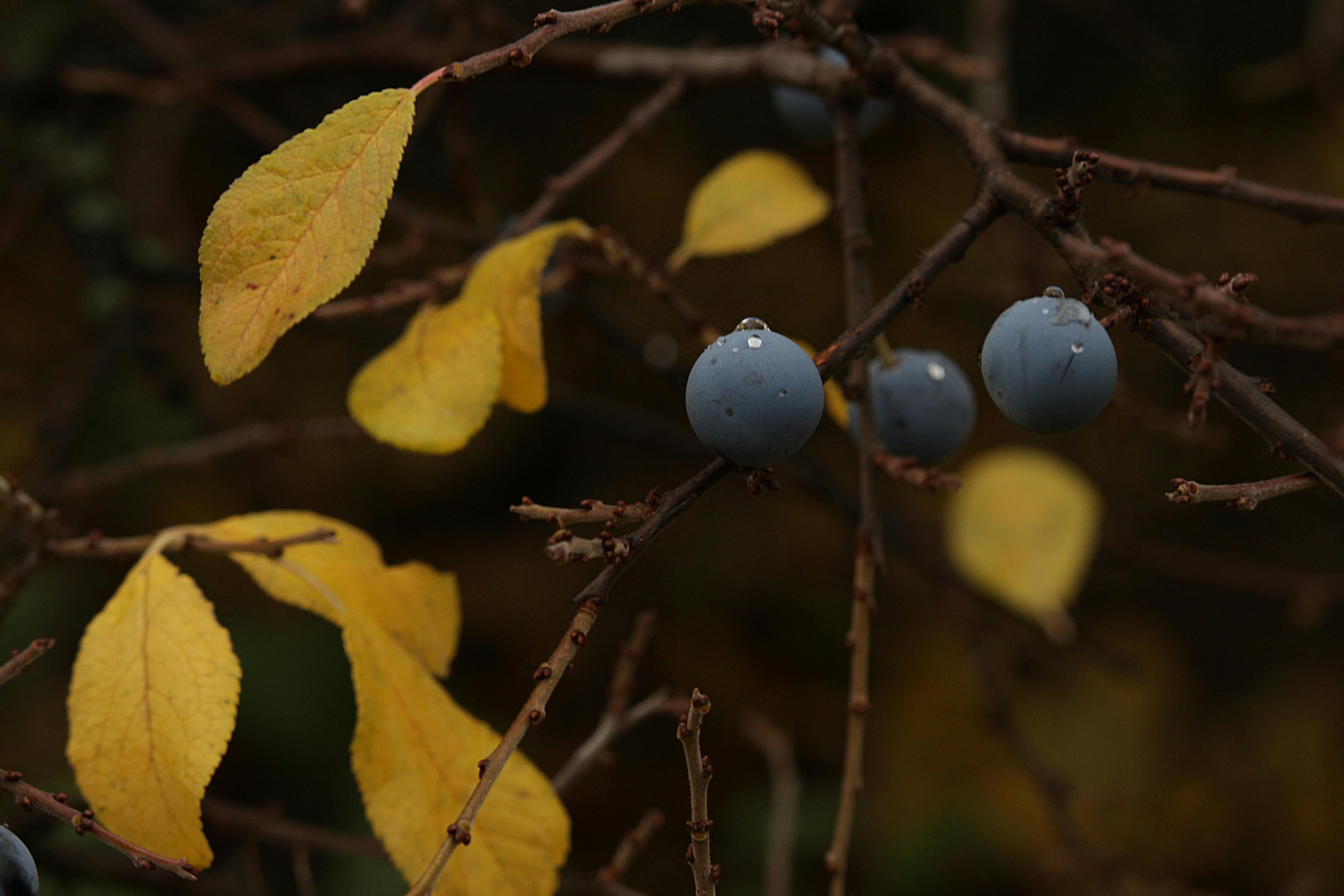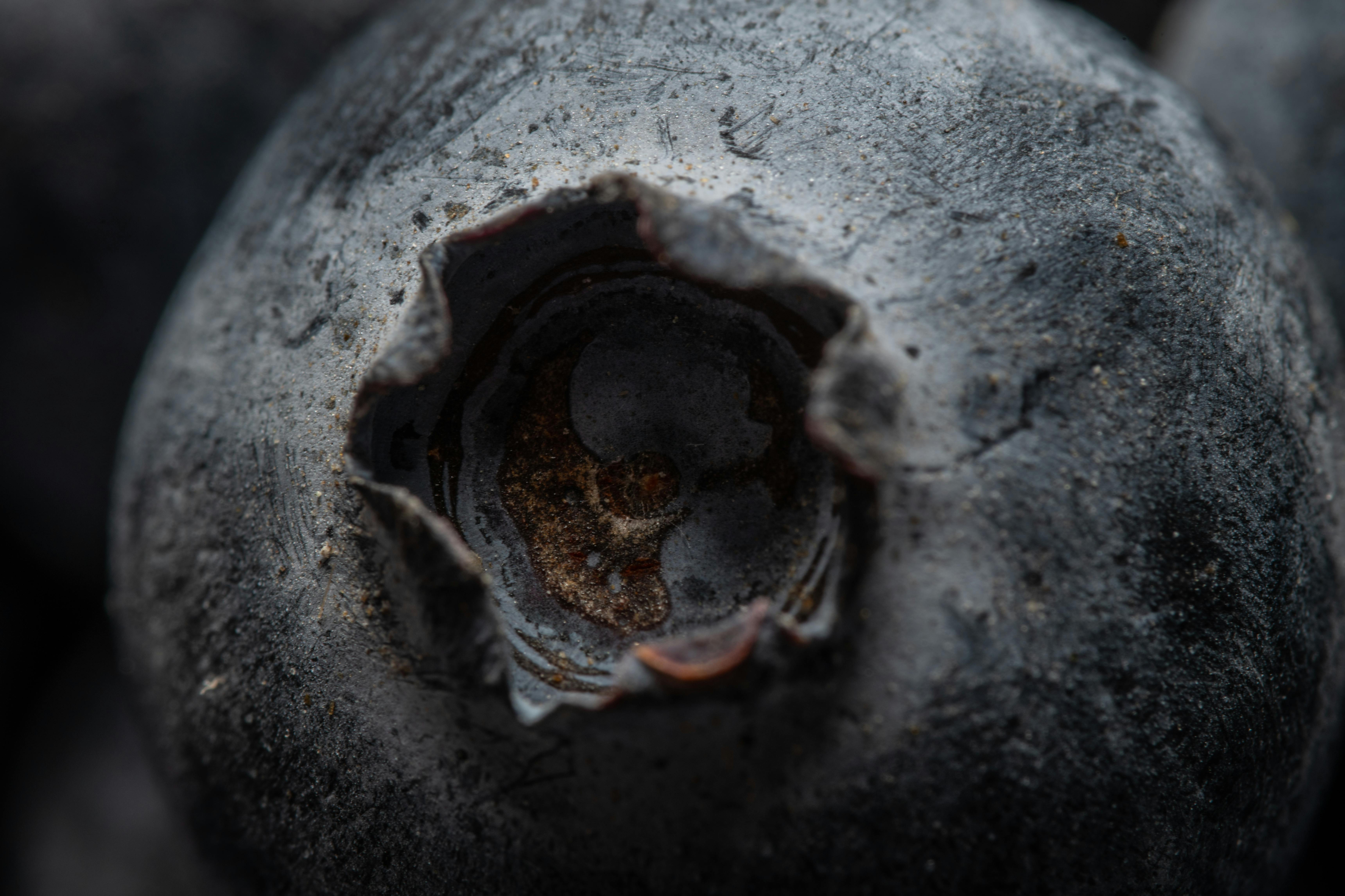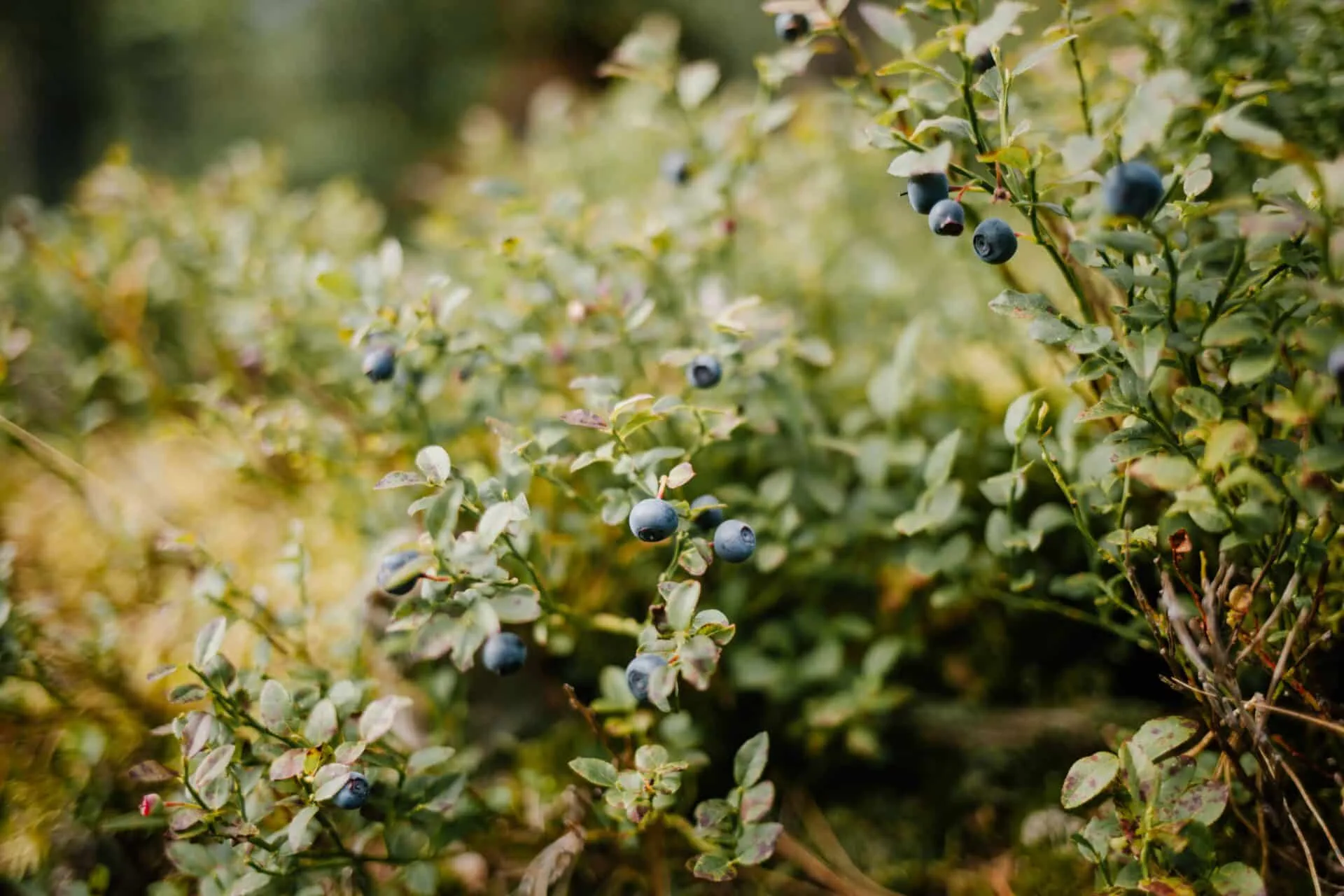Is your blueberry bush dead? Are you worried that it may not make it through the winter? It’s a common problem for gardeners to face when dealing with plants that are not hardy in their area. Fortunately, there are some steps you can take to help determine if your blueberry bush is still alive and thriving or if it is, unfortunately, dead. In this article, we’ll discuss what to look for in a dead blueberry bush and how to tell if yours is still alive so you can save it or replace it with a hardier variety.In order to tell if a blueberry bush is dead, you should look for various signs of life. First, you should check the stems and branches of the bush for any new growth or buds. If there is no new growth or buds present, then the blueberry bush may be dead. Additionally, you should check the leaves for any signs of discoloration or wilting. If the leaves are yellowing or browning, then this could indicate that the bush is not getting enough water or nutrients and may be dead. Finally, if the entire bush appears discolored and dried out, with no new growth present anywhere on it, then it is likely that the blueberry bush has died.
Signs of a Dying Blueberry Bush
A healthy blueberry bush will produce sweet-tasting, high-quality fruit. Unfortunately, the signs of a dying blueberry bush are easy to spot, and they can indicate that further action needs to be taken in order to save the plant. Common signs of a dying blueberry bush include wilting leaves, yellowing foliage, stunted growth, and poor fruit production.
Wilting leaves are one of the most common signs of a dying blueberry bush. Wilting leaves will appear limp and may start to curl or droop downward. This is usually caused by lack of water or exposure to excessive heat or cold temperatures. If the leaves appear wilted or dry during hot summer days, they may need extra water.
Yellowing foliage is another sign of distress for a blueberry bush. Leaves may change from green to yellow or brown as they become dehydrated due to lack of water. In some cases, yellowing foliage can also be caused by disease or pests, so if you notice this symptom it’s important to take action right away in order to save the plant before it dies completely.
Stunted growth is another sign that something is wrong with a blueberry bush. Healthy plants should be growing steadily each season; if the growth appears stunted this could indicate an underlying issue such as disease or pest infestation. Additionally, poor fruit production can also indicate that something is wrong with the plant; if there is no fruit on the bushes this could mean that it has been affected by disease or has not received enough nutrients from the soil in order for it to produce fruit.
If you suspect that your blueberry bush might be dying, it’s important to take action quickly in order to save it before it dies completely. Check for signs such as wilting leaves, yellowing foliage, stunted growth and poor fruit production; if any of these symptoms are present then you should take steps to remedy the issue right away in order to keep your blueberry bush healthy and productive for many years to come!
What Causes a Blueberry Bush to Die?
Blueberry bushes are prone to a variety of diseases and pests that can cause them to die. Common causes of death in blueberry bushes include root rot, leaf spot, berry blotch, and bacterial blight. Other environmental factors, such as inadequate water, poor soil conditions, and extreme temperatures, can also cause the death of a blueberry bush. Improper pruning techniques and overcrowding can also lead to the death of a blueberry bush.
Root rot is caused by several different species of fungi or bacteria that live in the soil around the roots of the blueberry bush. The fungi or bacteria cause the roots to decay and become unable to provide water and nutrients to the rest of the plant. Leaf spot is caused by a fungus or bacteria that attacks the leaves of the bush, causing them to yellow and eventually drop off. Berry blotch is another fungal disease that affects both leaves and fruit, causing dark spots on both. Bacterial blight causes dark lesions on leaves and stems that eventually lead to dieback.
Inadequate water can lead to wilting or yellowing leaves which can eventually result in death if not addressed quickly. Poor soil conditions such as too little organic matter or too much sand can also lead to death due to lack of proper nutrition for the plant. Extreme temperatures such as excessive heat or cold can also be detrimental and may cause death if not remedied quickly enough.
Improper pruning techniques such as cutting too close to the main stem or cutting into old wood can create wounds which make it easier for diseases or pests to attack the plant and potentially cause its demise. Overcrowding with other plants can also inhibit growth due to competition for resources like water, light, air circulation or nutrients in soil leading eventually leading to death if not addressed quickly enough.
Diagnosing a Dead Blueberry Bush
Diagnosing a dead blueberry bush can be a difficult task, especially if you don’t know what to look for. There are several signs that indicate that the bush is dead, but these can be subtle and easy to miss. To accurately diagnose a dead blueberry bush, you need to look at both the leaves and branches of the plant. If the leaves have turned brown or yellow and have fallen off, then it is likely that the bush is dead. If there are no leaves left on the bush, then it is definitely dead. You should also look for any black spots or mold on the leaves and stems, which can indicate disease or pest infestation.
If the leaves are still present but are wilting or discolored, then it could be an indication of too much or too little water. Wilting leaves usually indicate that there is not enough water in the soil, while discoloration could mean that there is too much water in the soil. You should also check for any broken branches or stems as these can indicate insect damage or disease. If there are large areas of bark missing or if you see bore holes in the bark, then this could mean that pests have been feeding on your plant.
Finally, if none of these signs are present but your blueberry bush still appears lifeless and unresponsive to watering and fertilizing treatments then it may be time to remove it from your garden and replace it with a new one. By being aware of these signs, you can easily diagnose a dead blueberry bush and take action before it becomes too late.
Can a Blueberry Bush Recover?
Yes, it is possible for a blueberry bush to recover from damage or illness. A blueberry bush can be pruned, watered, and fertilized to help it recover. With proper care and attention, a blueberry bush can grow back and produce fruit again.
If the blueberry bush has been damaged by cold weather or disease, the first step in its recovery is to remove any damaged or dead branches and leaves. This will help prevent further damage and encourage new growth. The soil around the bush should also be checked for signs of disease or insect infestations. If any are found, they should be treated appropriately before attempting to prune the bush.
Next, the soil around the blueberry bush should be fertilized. This will provide the plant with essential nutrients that will help it recover from damage and produce fruit again. A slow-release fertilizer is best because it will provide long-term nutrients for the plant without needing to be reapplied frequently.
Finally, if the soil has become too dry due to drought or lack of water, then watering should be done regularly. The amount of water needed will depend on the size of the plant and the type of soil it is in. Generally speaking, an inch of water per week is enough for most plants.
Blueberry bushes can take some time to recover from damage or illness but with proper care they can eventually return to health and produce fruit again. With patience and dedication, a damaged blueberry bush can make a full recovery!

Replanting a Dead Blueberry Bush
Replacing a dead blueberry bush can be an intimidating task, especially if you’re unfamiliar with gardening or have never done it before. However, with the necessary knowledge and tools, it can be done quickly and easily. Here are some tips for replanting a dead blueberry bush.
First, make sure the soil is suitable for blueberries. Blueberries need well-draining soil that is acidic and has a high organic matter content. If your soil isn’t suitable, you may want to consider adding compost or manure to improve its quality.
Next, select a healthy blueberry bush to replace the dead one. Look for one that is free of any signs of disease or pests and has healthy leaves and branches. If possible, get one from the same variety as the old bush to ensure compatibility with your existing plants.
Once you have chosen your new bush, dig up the dead one and remove all of its roots from the ground. Make sure to get as much of the root system as possible so there will be no remnants left in the soil that could infect your new plant.
After removing all of the roots from the ground, dig a hole that is twice as wide and deep as the root ball of your new blueberry bush. Place some compost or organic matter in the bottom of the hole before placing your plant in it to help create a rich environment for it to grow in.
Finally, fill in around the roots with more compost or organic matter and water generously until you see water coming out of the bottom of the hole. Make sure you leave enough space between each plant so they will have plenty of space to grow without competing for resources such as light and water.
With these tips in mind, replanting a dead blueberry bush should be an easy task that can quickly revitalize your garden!
Saving a Dying Blueberry Bush
If you have a dying blueberry bush on your property, don’t give up on it just yet! There are a few things you can do to help revive the plant and bring it back to its former glory. Here are some tips for saving a dying blueberry bush:
First, make sure the soil surrounding the blueberry bush is well-drained and not too waterlogged. The roots of the bush need access to air and water in order to stay healthy. If the soil is continually wet or flooded, you may need to add additional drainage materials such as gravel or sand to help keep it from becoming waterlogged.
Second, check for signs of disease or pests that could be affecting the health of the bush. If you find any signs of pests or disease, treat them immediately with an appropriate pesticide or fungicide.
Third, prune away any dead or diseased branches and leaves from the blueberry bush. This will help improve air circulation and allow more sunlight to reach all parts of the plant. Make sure to cut back dead branches close to their base so they don’t regrow in an unhealthy manner.
Fourth, fertilize your blueberry bush with a balanced fertilizer containing nitrogen, phosphorus, and potassium in order to give it extra nutrients. Follow label instructions when applying fertilizer so you do not risk over-applying it and damaging your plant further.
Finally, provide your blueberry bush with ample amounts of sunlight each day in order for it to stay healthy and strong. Make sure there are no nearby trees or structures that are blocking out too much natural light from reaching the plant – if this is happening, consider moving the bush somewhere else where it will receive more sun exposure each day.
With some care and attention, you can save a dying blueberry bush from extinction! Just remember these tips when tending to your plant: make sure soil is well-drained; check for pests/disease; prune away dead branches; fertilize regularly; and provide ample amounts of sunlight each day.
Caring for a Healthy Blueberry Bush
Caring for a healthy blueberry bush is an important part of ensuring that your blueberries will be sweet and juicy. Blueberry bushes require full sun, regular watering, and regular pruning to remain healthy and productive. It is important to understand the basics of blueberry bush care in order to ensure that your blueberries reach their maximum potential.
The first step in caring for a healthy blueberry bush is to choose the right planting location. Blueberry bushes prefer full sun and well-draining soil. Planting in an area with at least six hours of direct sunlight per day is ideal. If your soil is not well-draining, consider amending it with compost or sand to improve drainage.
Once your blueberry bush is planted, it should be watered regularly throughout the growing season. The soil should be kept evenly moist but not saturated with water. Establishing a regular watering schedule can help you keep track of when your plant needs water and ensure that it gets enough to stay healthy.
Finally, pruning your blueberry bush on a regular basis will help keep it healthy and productive. Pruning encourages new growth and removes dead or diseased branches, which can help prevent disease from spreading throughout the plant. Prune in late winter or early spring before new growth begins, making sure to remove any dead or diseased branches as well as any weak or overly vigorous branches that may be competing with each other for resources.
By following these simple steps for caring for a healthy blueberry bush, you can ensure that your plants will produce sweet and succulent berries year after year!

Conclusion
It is important to assess your blueberry bush on a regular basis to make sure it is healthy and thriving. If you are unsure whether or not your blueberry bush is dead, the best course of action is to consult with an experienced horticulturalist. They can provide further guidance on how to properly care for and revive your blueberry bush if necessary. In addition, make sure the soil conditions are ideal for growing blueberries and that you are providing adequate water and nourishment for the bush.
Although it may be difficult to determine if a blueberry bush is dead, there are certain signs that can indicate its health. If you notice any of these signs, it’s important to act quickly in order to potentially save it. With proper care and attention, you can ensure that your blueberry bush will continue to produce delicious fruit for years to come.
Overall, a dead or dying blueberry bush can be a heartbreaking sight. However, with the right knowledge and action steps in place, this issue can be avoided and your blueberry bushes can remain healthy for many years. Knowing when and how to properly care for your plants is essential if you want them to remain productive and beautiful in the long run.



